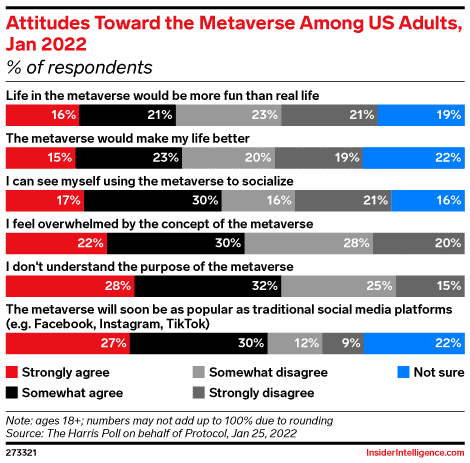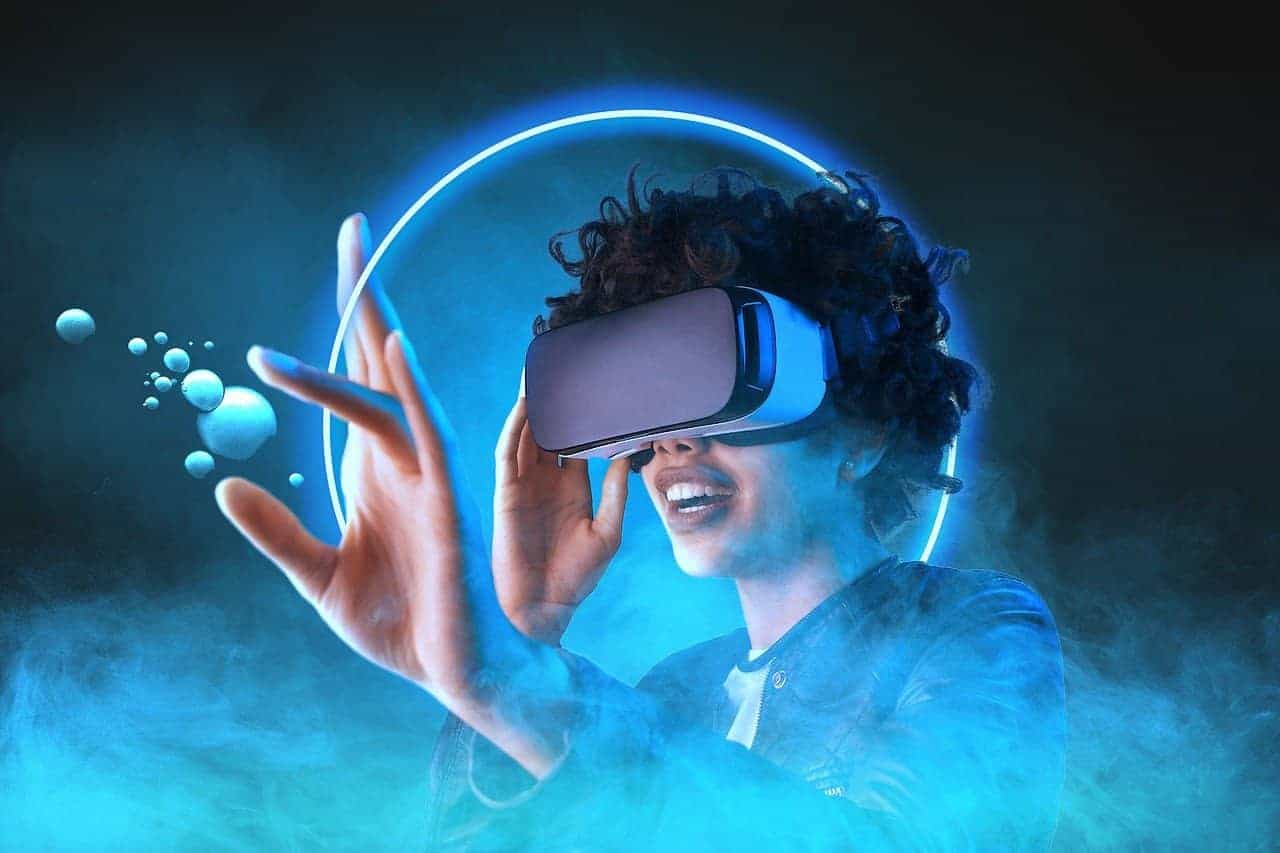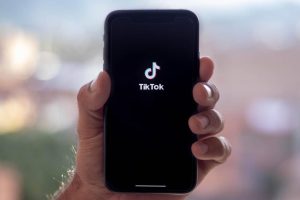Metaverse marketing is a new form of digital marketing and it is one of the hottest digital marketing trends for 2023. It utilizes virtual reality and augmented reality technology to create immersive, interactive experiences for customers. This article explores the main advantages of Metaverse marketing for brands.
Introduction: What is the Metaverse and How Can it be Used for Marketing?
The Metaverse is a virtual world where people can interact and experience a 3D environment. It is made up of multiple layers of digital content, such as virtual reality (VR), augmented reality (AR), and 3D graphics. This technology has a wide range of potential applications, including marketing.
By leveraging the Metaverse, marketers can create immersive experiences that engage users in new ways and help them better understand their products or services. With the help of 3D marketing tools, companies can create interactive visuals that allow users to explore their brand in an exciting way. In addition, the Metaverse can also be used to host events and conferences that bring together people from around the world in one place.
On Connect 2021, Mark Zuckerberg introduces Metaverse (and the name of the company became “Meta”), as a platform that allows users to create, share and experience virtual reality worlds. The Metaverse was first implemented in the “Matrix” films. The term was also used by Elon Musk in reference to a timeline of events during which humans would use virtual reality headsets to interact with computerized versions of themselves and the outside world.
Exploring the Benefits of Using the Metaverse for Branding & Advertising
The Metaverse is a virtual world where people can interact, shop and even explore. It has become increasingly popular in recent years as it allows for immersive experiences that are impossible to achieve in the real world.
Although there is still slow adoption of this ecosystem, many individuals anticipate it will be the way of the future. According to eMarketer:
“Some 60% of US adults either strongly or somewhat agreed with the statement “I don’t understand the purpose of the metaverse,” according to a January 2022 survey from Protocol and The Harris Poll. However, nearly as many agreed that the metaverse will soon become as popular as traditional social media platforms”.

Businesses and organizations have started exploring the potential of using the Metaverse for branding and digital advertising purposes. By creating 3D worlds with branded content, businesses can create unique experiences that engage their customers on a deeper level than traditional marketing campaigns.
With metaverse marketing, businesses can create immersive environments that allow customers to interact with their brand in meaningful ways. This not only helps to build brand loyalty but also gives brands an opportunity to reach new audiences and increase their visibility.
Brands have an incredible chance to interact with their target audience through the metaverse. To make the most out of it, here are 3 ideas that can be incorporated:
- Native advertising: While people traverse the metaverse, there are opportunities for native advertisement such as virtual billboards or product placement. In addition, events within the metaverse can be sponsored.
- Developing a unique virtual world platform: Metaverse investments could turn out to be substantial, with businesses creating entire games or virtual worlds tailored to their products/services. Although this approach may require significant time and resources, it’s a great way to reach the target audience in an engaging manner.
- Providing customers with a trial period for products: With the help of virtual augmented Reality, companies can now have a 3D visualization of their products prior to purchase. This lets customers try out the product without having to visit a store or leave their homes, like trying on furniture in their living room with AR or clothes they otherwise would not have access to.
8 Case Studies of Brands that Have Successfully Used the Metaverse for Their Campaigns
The metaverse is a virtual world that allows brands to create immersive experiences and engage with their customers in a unique way. This technology has been used by some of the biggest brands in the world to create successful campaigns. By looking at these case studies, we can gain insight into best practices for leveraging the metaverse for marketing purposes and see how it can be used to create powerful campaigns that drive engagement and sales.
1. Unilever
Unilever is one of the first companies to launch an in-house Metaverse marketing team called ‘Team Mars’. Team Mars works to meet customer needs by creating immersive experiences through digital and physical VR products, as well as interactive digital content like social media posts and commercials. The company uses Metaverse marketing for its brands such as Dove, Axe, and Lipton but also for its divisions including RATP Group (one of the largest transit authorities in Europe), Ben & Jerry’s Ice Cream, and Unilever Food Solutions. They use this to engage with customers who are often difficult to reach through traditional marketing channels.
2. NFL
NFL partnered with Samsung to launch a virtual reality experience that let fans feel like they were standing on the field. The campaign had an estimated reach of over 18 million people and was even mentioned in a Washington Post article about Facebook’s attempt to enter into virtual reality. The platform is now used for 360-degree videos for their sponsors and fans. This case study demonstrates how brands should use VR to create immersive experiences for consumers and drive engagement with them.
3. Olay
Olay partnered with Samsung to create the virtual reality experience “Olay 360 FIT” to promote their new gel moisturizer. The platform is available for both Samsung Gear VR and Oculus Rift and gives users a chance to do an upscale facial with a celebrity makeup artist like Jaime King or Sarah Jessica Parker before they can have it done at home. This case study demonstrates how brands should use VR to create immersive experiences for consumers while driving engagement with them.
Results of the campaign:
- Net Promoter Score: +3
- Unique Visitors: 369,900+ views and 421,000+ minutes watched
- Olay 360 FIT had a high net promoter score and increased brand awareness for Olay’s moisturizer
4. Netflix
Netflix partnered with Oculus to create a virtual reality experience for “The Haunting of Hill House”. The multi-sensory experience included smells, sounds, and interactive elements that would take users through the story of the haunted house. In 2019, Netflix collaborated on VR projects with Marvel Studios and DreamWorks Animation featuring some of their most popular characters such as Iron Man and Shrek.
5. Disney
Disney partnered with Oculus to create an immersive experience based on one of its most iconic films: “Toy Story”. The experience utilized more than 70 virtual reality scenes that would take users through one of the key moments from the film: when Woody, Buzz Lightyear and Jessie find themselves trapped in a small room. with a toy box and the only way out is to find the hidden passageway.
Results of the campaign:
- Reached over 1 million unique viewers in the first week.
- Reached over 3.2 million viewers by the end of 2018.
- Over $20,000 raised for Children’s Hospital Los Angeles.
6. Coca-Cola
Coca-Cola created a 360° video experience that allowed users the opportunity to enter their own personal coca-cola world. Consumers explored caves, sipped soda, and dug up gold using VR technology while playing alongside one another in a virtual reality space with their friends and family. The goal of the campaign was to engage consumers with entertaining content through the use of VR technology.
Results of the campaign:
- 26% increased in total coke sales.
- 12% increase in conversion rate of ad impressions.
7. Nike
Nike created a VR experience for the World Cup in 2014 and have been using it as an experiential marketing tool to promote their latest product releases. The team created a 360-degree panoramic video that aired on Facebook, YouTube, and Roku that included virtual reality headsets by calling on fans to put their heads in the game.
Results of the campaign:
- Reach: 4 million fans.
- Engagement: 2.5 minutes per viewer.
- The campaign was featured in a number of publications, including Forbes and USA Today.
8. The National Breast Cancer Foundation
The foundation created an experience where patients can virtually explore a hospital room by walking around and seeing themselves from different angles. The platform is available for both Samsung HMDs and smartphones which allows the experience to be accessible on many platforms. The platform is meant to engage patients with a virtual reality experience that helps them visualize the hospital room before their surgery.
Results of the campaign:
- 350K viewings on Samsung HMDs and smartphones.
- 1,000+ hours of VR content watched in the first month-Participants completed an average of 4.7 treatments per week.
The Future of Metaverse Marketing
Metaverse marketing is a new and rapidly growing field of marketing that is expected to revolutionize the way businesses interact with their customers. As the metaverse continues to expand, it will become increasingly important for businesses to understand how to effectively use this technology in order to get the most out of their marketing efforts.
To learn more about digital marketing trends, download our free Digital Marketing Trends 2023 Report (PDF).



